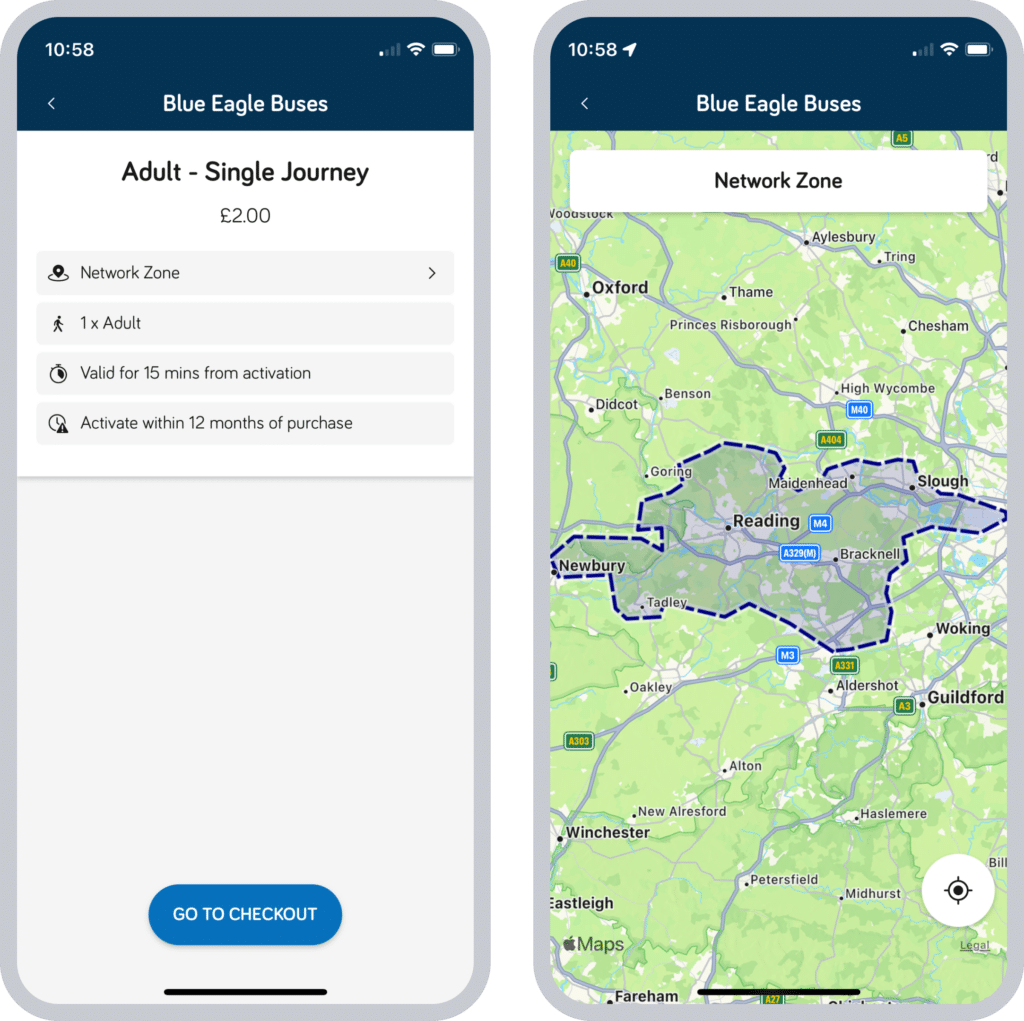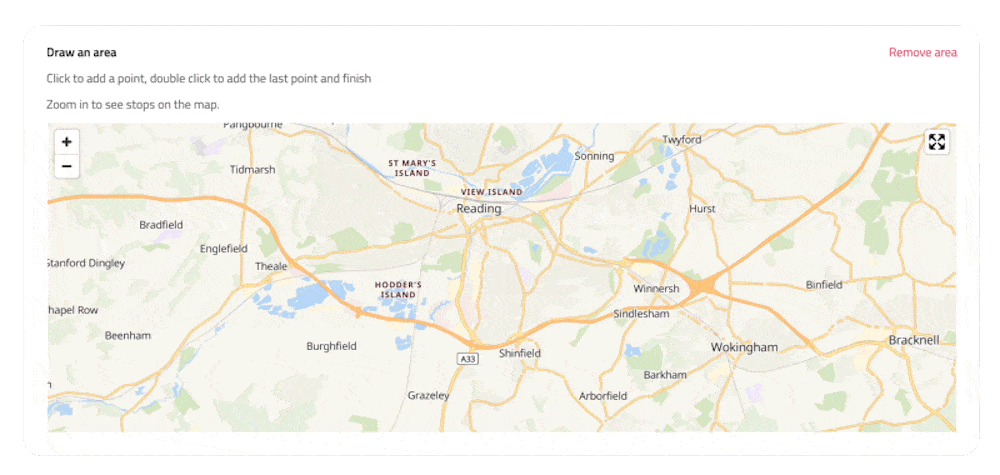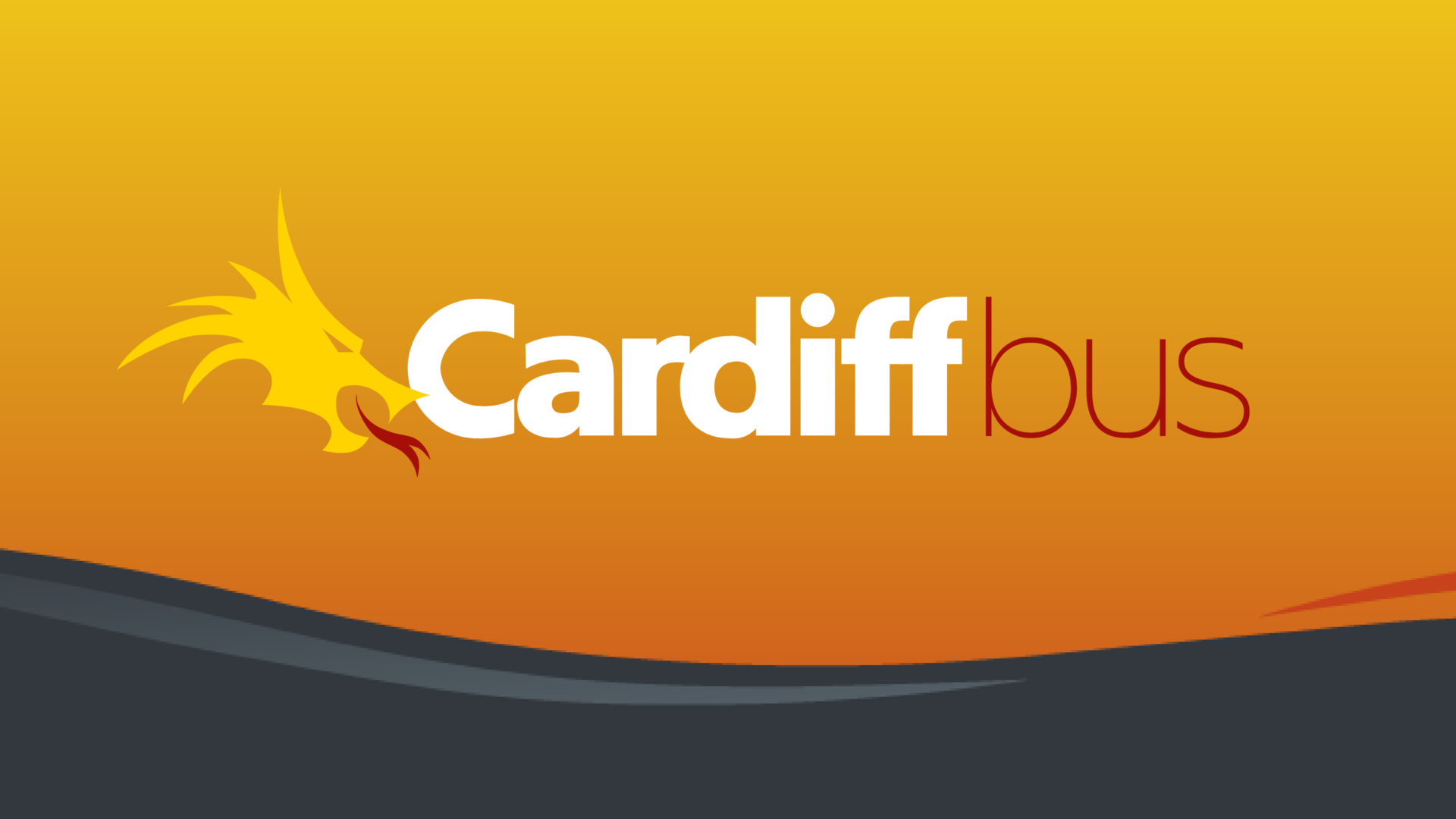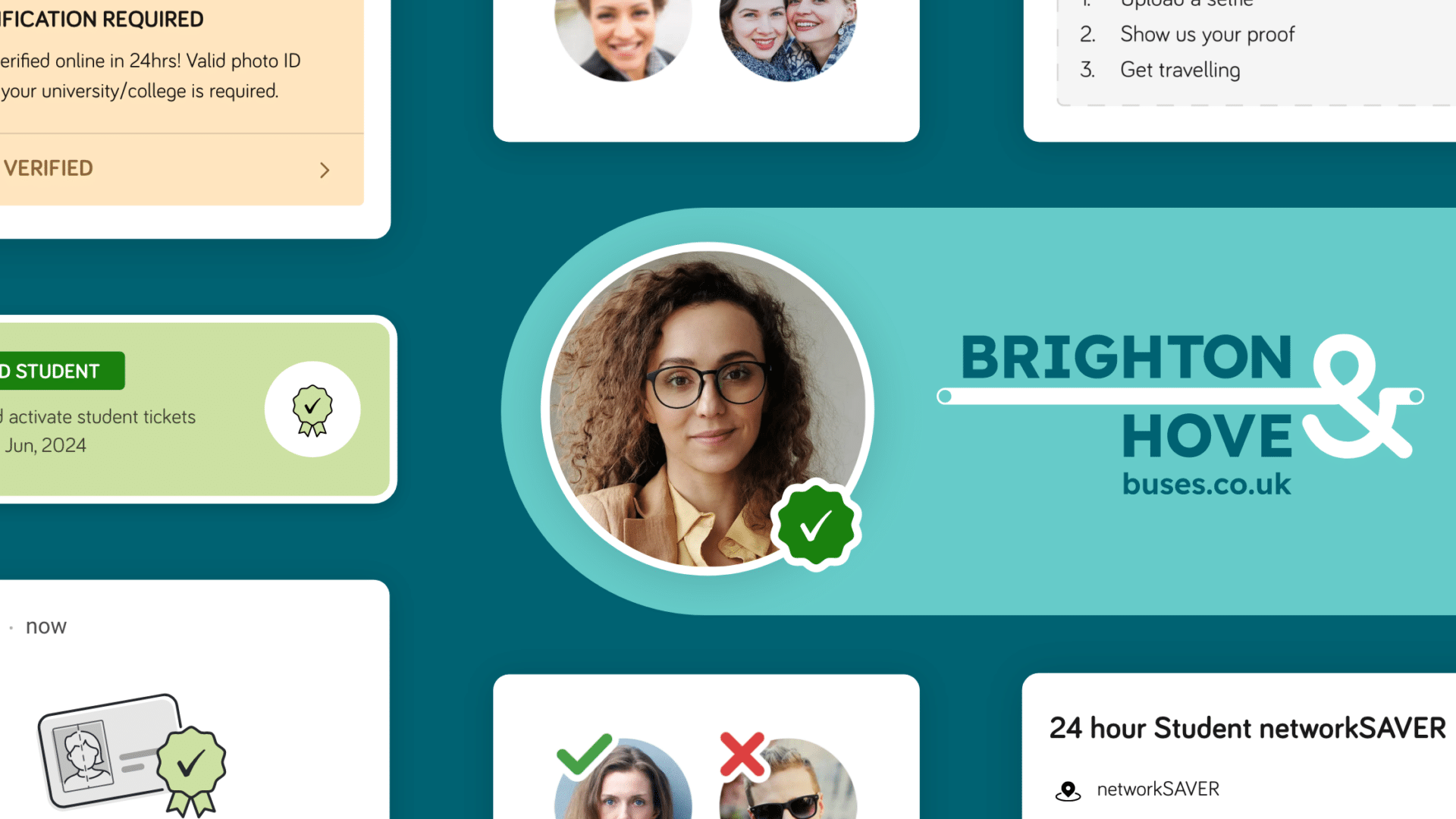The importance of Passenger’s ticket coverage concept to delivering new fares capability
As a relatively unknown data standard in the UK, learning how to use NeTEx and where it fits into existing product capability has been a focus for our Product and Engineering teams over the last year. Ticket coverage, or zones, is a key product concept integral to answering the question; how much will it cost?
16th Feb 2024


To determine where a bus ticket is valid, it’s important to understand the concept of the area or zone in which it can be used. This idea is integral to recommending tickets to riders when they wish to take a journey and want to find out how much it will cost. Whether the recommendation comes from a knowledgeable person working behind a counter at a travel centre or from a mobile app in the comfort of the rider’s hand, a firm handle on the information is needed to provide a useful answer.
Capturing this concept digitally has been something that Passenger has been shaping for a number of years and is a key building block in the launch of our recent NeTEx-based fares capability in our white-label mobile app product. As a CEN standard, NeTEx was chosen by the Department for Transport in 2018 to describe fare data in its Bus Open Data Service. With the support of industry suppliers, operators have more recently been able to begin publishing this data to the service, albeit without any way to visualise it until now.

As a relatively unknown data standard in the UK, learning how to use NeTEx and where it fits into existing product capability has been a focus for our Product and Engineering teams over the last year.
“The concept of a coverage zone exists in NeTEx, yes. But it’s different to how we approach it”, comments Andy Leon, Principal Engineer at Passenger.
“NeTEx defines it in terms of ‘here are a whole bunch of bus stops and all of these bus stops make up the zone’. We flip that on its head. We have a geographic boundary of a zone, and every bus stop that falls inside that geographic boundary is then a part of that zone.”
“In NeTEx terms, you start with bus stop codes, check those against particular zones and ask, ‘Are they part of this zone?’. In our system, we get the coordinates of that stop, and we establish whether the coordinates are within the geographic boundary of that zone. It’s quite a different way of looking at it.”
“The result is a more visual representation of a zone, so we can draw those boundaries on a map and present them to a rider so they can quickly see where the zones begin and end.”
Passenger has been working closely with operators during the programme to ensure this essential information component has been added and published as part of onboarding to the new Fares capability. It’s straightforward to do this using Passenger’s web-based tools — the system already used to manage the various data types that make up their apps and websites. However, underlining its upcoming importance and giving operator teams enough time to prioritise has been a critical part of the programme preparing teams for launch.

Preparation began in May 2023, when Gemma Vasellina-Turner, lead Customer Success Manager for the fares initiative, showcased the coverage zone tools at a Product Update for operators in a new segment called ‘Did you know?’. This presentation, aimed at highlighting their importance, started a capability readiness programme culminating in the much-requested fares capability release almost nine months later.
Asked in December 2023 if most operators have good ticket coverage data, Gemma replies “I would say that most operators have good ticket coverages with maps but perhaps have not considered specific bus stops within the zone. Some, if not most, operators will need to ensure everything that should be included is included. We know that some operators have complex coverage areas that can’t yet be drawn in Passenger Cloud, so they’re leaving them out right now. Complexities include doughnut-shaped coverages or coverages for multiple areas but not connected.”
“For the vast majority of coverages, operators are finding the tools in Passenger Cloud easy to use.” Gemma notes, “Drawing coverage areas is a manual task, but we can support geoJSON or KML imports where they exist. Either way, they don’t need to be added again once they’re in. If operators have dedicated time elsewhere as part of the onboarding — for example, getting their NeTEx data ready — we’ve been able to provide support by adding the coverage zones on their behalf.”

The fares capability onboarding programme, and the application of coverage zones to fare calculations, has also provided opportunities for improvements in how Passenger Cloud’s coverage tools evolve. Dan Claydon, the Product Manager behind the initiative comments, “During onboarding to fares we’ve learnt some new things that are feeding back into product dev – one of these things is how common it is for some ticket coverages to apply to a specific small number of services only. In these cases asking the operator to draw a geographic area makes less sense. So we plan to make it easier for operators to quickly and accurately configure this in the future.”
With the launch of Passenger Academy in February 2024, onboarding with the fares capability is now supported by online video tutorials showing how to edit and manage coverage areas in Passenger Cloud. This self-service learning resource has already made it simpler for operators to learn the tools that allow them to add the necessary data into the system without arranging a training session with the team.
The new fares capability makes the investment in NeTEx data tangible for the first time. Up until now, operators have been creating NeTEx and publishing to BODS to ensure they comply with the law. It has been impossible for them to visualise that data and truly know whether it is accurate or how it will be used to innovate. In many ways, the importance of ticket coverage areas has now dramatically increased, too. These jigsaw pieces have been refined, exported and published, with the process repeated over and over, as the systems generating them have evolved in response to the BODS programme and, of course, as the price of the ticket products have themselves changed.
At last, the jigsaw pieces are finally turning into something greater than the sum of their parts: A recommendation from an operator’s mobile app — in the comfort of the rider’s hand — with a firm handle on the information needed to provide a useful answer to the most obvious question: How much will my journey cost?

Newsletter
We care about protecting your data. Here’s our Privacy Policy.
Related news

9th Nov 2023
Cardiff Bus signs a third 3-year contract
Passenger and Cardiff Bus to continue working together to deliver top quality tech for users.

10th Nov 2023
Revenue yield boosted 13% with in-app verifications
Minimise revenue risk by making sure discounted mobile tickets can only be bought and used by those you decide are eligible, as demonstrated at Brighton & Hove Buses.

Start your journey with Passenger
If you want to learn more, request a demo or talk to someone who can help you take the next step forwards, just drop us a line.